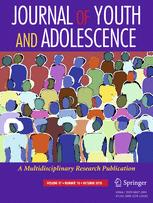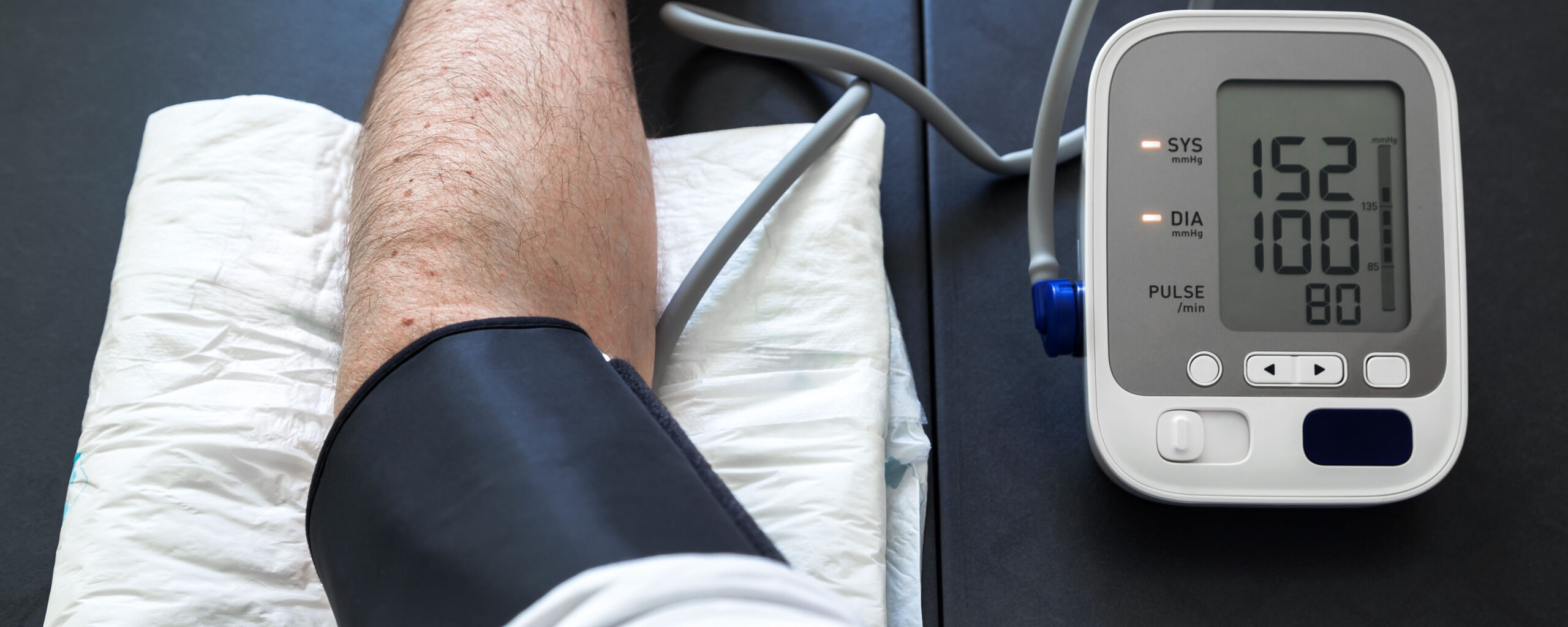 Abstract
Abstract
Developmental imbalance models attribute the rise in risk-taking during adolescence to a universal imbalance between rising reward sensitivity and lagging cognitive control. This study tested predictions of an alternate Lifespan Wisdom Model that distinguishes between exploratory/adaptive (e.g., sensation seeking) and maladaptive (e.g., acting-without-thinking, delay discounting) risk-taking propensities and attributes the latter to a sub-set of youth with weak cognitive control. Latent trajectory modeling of six waves of data from 387 adolescents (52% females; spanning average ages of 11–18 years) revealed distinct sub-groups with heterogeneous trajectory patterns for acting-without-thinking and delay-discounting. Only those trajectory groups with weak cognitive control, characterized as “high-increasing” acting-without thinking and “high-stable” delay discounting were predictive of a maladaptive risk-taking outcome, namely substance use disorder. Sensation seeking demonstrated a universal peak, but high levels of sensation seeking were not associated with weakness in cognitive control and were unrelated to substance use disorder, controlling for impulsivity. The findings suggest that maladaptive risk-taking characterized by weak cognitive control over reward-driven impulses is a phenomenon limited to only a sub-set of youth.

